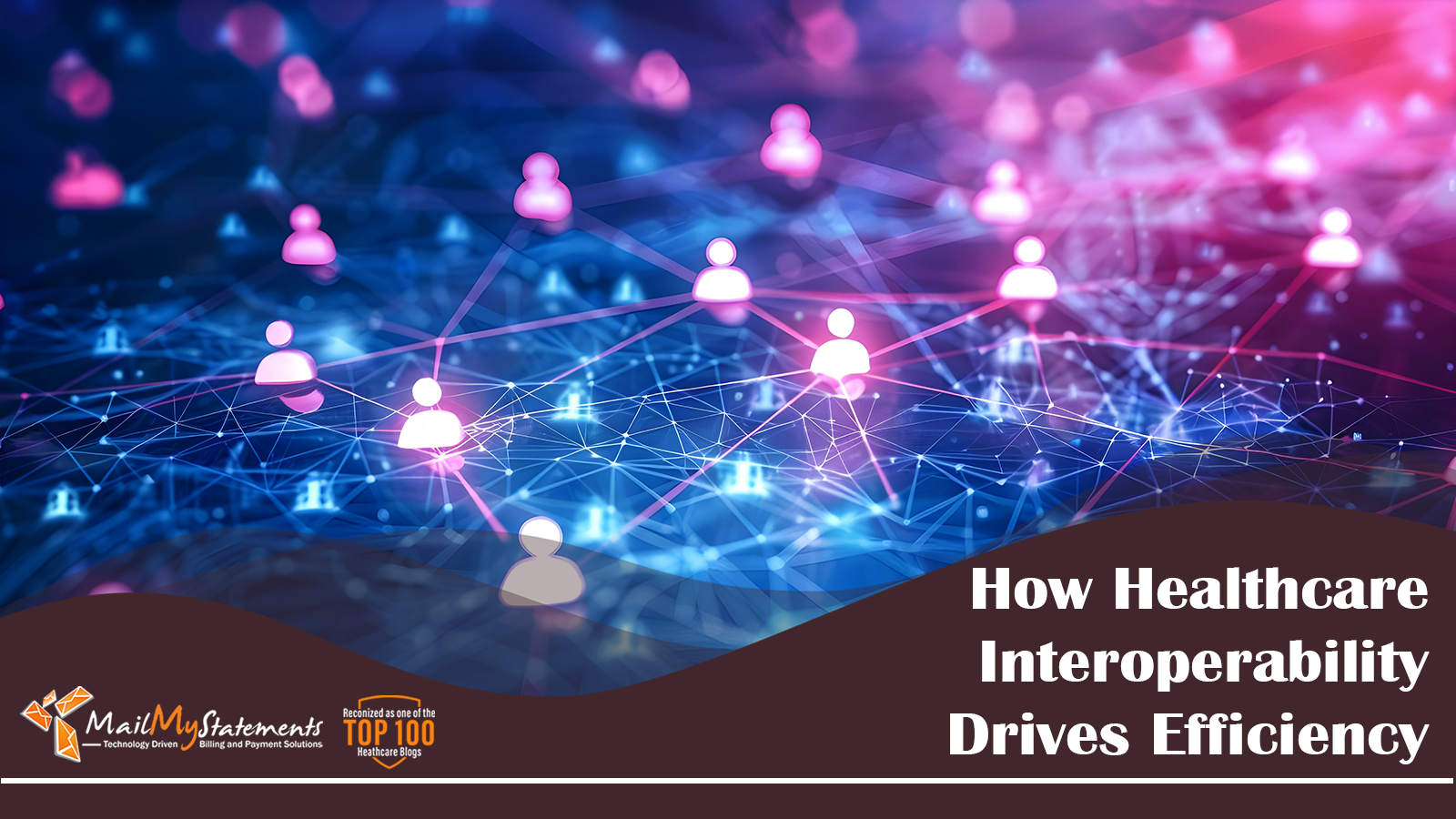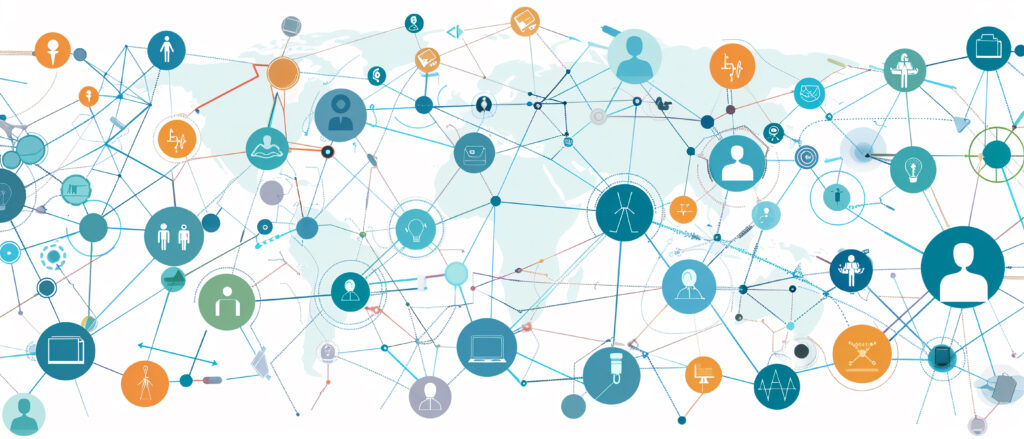How Healthcare Interoperability Drives Efficiency and Streamlines RCM

In today’s increasingly interconnected world, seamless data exchange across various industries has become an essential aspect of efficient operations. This principle holds true in the healthcare sector as well, where information about patients and their health journeys needs to be readily accessible across different healthcare providers, institutions, and stakeholders. This is where healthcare interoperability comes into play.
What is Interoperability in Healthcare?
Healthcare interoperability refers to the ability of different information systems to seamlessly exchange, integrate, and interpret data. In the context of healthcare, this translates to the ability of various healthcare IT systems, such as electronic health records (EHRs), laboratory systems, and imaging systems, to communicate and share patient data securely and efficiently.
Why is Interoperability Important?
Achieving interoperability in healthcare offers numerous benefits, including:
- Improved patient care: When healthcare providers have access to a complete and accurate picture of a patient’s medical history, they can make more informed treatment decisions, leading to improved patient outcomes and reduced medical errors.
- Enhanced care coordination: Interoperability facilitates seamless collaboration between different healthcare providers involved in a patient’s care, resulting in more coordinated and efficient treatment plans.
- Reduced administrative burden: Efficient data exchange reduces the need for manual data entry, streamlining administrative tasks and freeing up valuable resources for patient care.
- Increased efficiency and cost savings: Improved data sharing can streamline processes like insurance claims processing, leading to reduced administrative costs and improved revenue cycle management (RCM).
- Empowered patients: Interoperability empowers patients to manage their health information more effectively and participate actively in their care decisions.

The Current Landscape of Healthcare Data Exchange:
Despite the undeniable benefits, achieving true interoperability in healthcare remains a complex challenge. Some key obstacles include:
- Lack of standardized data formats: Different healthcare systems often use proprietary data formats, making it difficult for them to understand and interpret data from other systems.
- Inconsistent use of terminologies: The use of different medical coding systems can lead to misunderstandings and inaccuracies in data exchange.
- Privacy and security concerns: Sharing sensitive patient data requires robust security measures to prevent unauthorized access and ensure patient privacy.
- Limited IT infrastructure and resources: Smaller healthcare providers may lack the resources and infrastructure necessary to implement interoperable systems.
Preparing for the Future of Interoperable Healthcare Data Exchange
While challenges exist, the healthcare industry is actively working towards achieving interoperability. Several initiatives and regulations are driving this progress:
- The 21st Century Cures Act: This legislation mandates the use of interoperable health information technology by healthcare providers participating in certain federal programs.
- The Office of the National Coordinator for Health IT (ONC): This government agency promotes the adoption of interoperable health IT standards and resources.
- The development of Fast Healthcare Interoperability Resources (FHIR): FHIR is a standardized data format that allows different healthcare systems to share information more effectively.
The Impact of Interoperability on Revenue Cycle Management (RCM)
Interoperable healthcare data exchange has a significant impact on RCM, impacting various aspects:
- Streamlining claims processing: With accurate and complete data readily available, the time and resources needed for manual claims processing and error correction can be significantly reduced.
- Improving coding accuracy: Interoperability allows for automated data exchange between different healthcare systems, leading to more accurate coding and reduced denials and rejections.
- Enhancing revenue cycle analytics: The ability to collect and analyze data from various sources allows for a more comprehensive understanding of RCM performance, enabling better resource allocation and decision-making.
- Facilitating patient engagement: Patients can take a more active role in their financial responsibility by accessing their complete medical bills and insurance information through a single platform.

Preparing for the Future:
Healthcare providers and organizations can prepare for the future of interoperable data exchange by taking the following steps:
- Assessing current IT infrastructure: Analyze existing systems and data formats to identify gaps and areas requiring upgrades for interoperability.
- Implementing interoperable solutions: Invest in software and technology solutions that support the exchange of data using standardized formats like FHIR.
- Adopting standardized terminologies: Utilize standardized medical coding systems like ICD-10-CM and LOINC to ensure accurate and consistent data exchange.
- Prioritizing data security: Implement robust security measures to protect sensitive patient data and comply with regulations like HIPAA.
- Collaborating with stakeholders: Work with other healthcare providers, payers, and technology vendors to develop and implement interoperable data exchange solutions.
Final Thoughts:
Interoperability in healthcare data exchange is not just a technological advancement; it’s a crucial step towards a more efficient, coordinated, and patient-centered healthcare system. By overcoming the existing challenges and embracing the opportunities, healthcare organizations can unlock the potential of interoperable data.
At MailMyStatements, we understand the importance of an efficient and reliable patient billing solution and have developed a platform to address streamline the process. Our platform is designed to improve performance, provide easy access to accurate payment data, and reduce processing times. Contact us today to learn more about our services.
![]()



